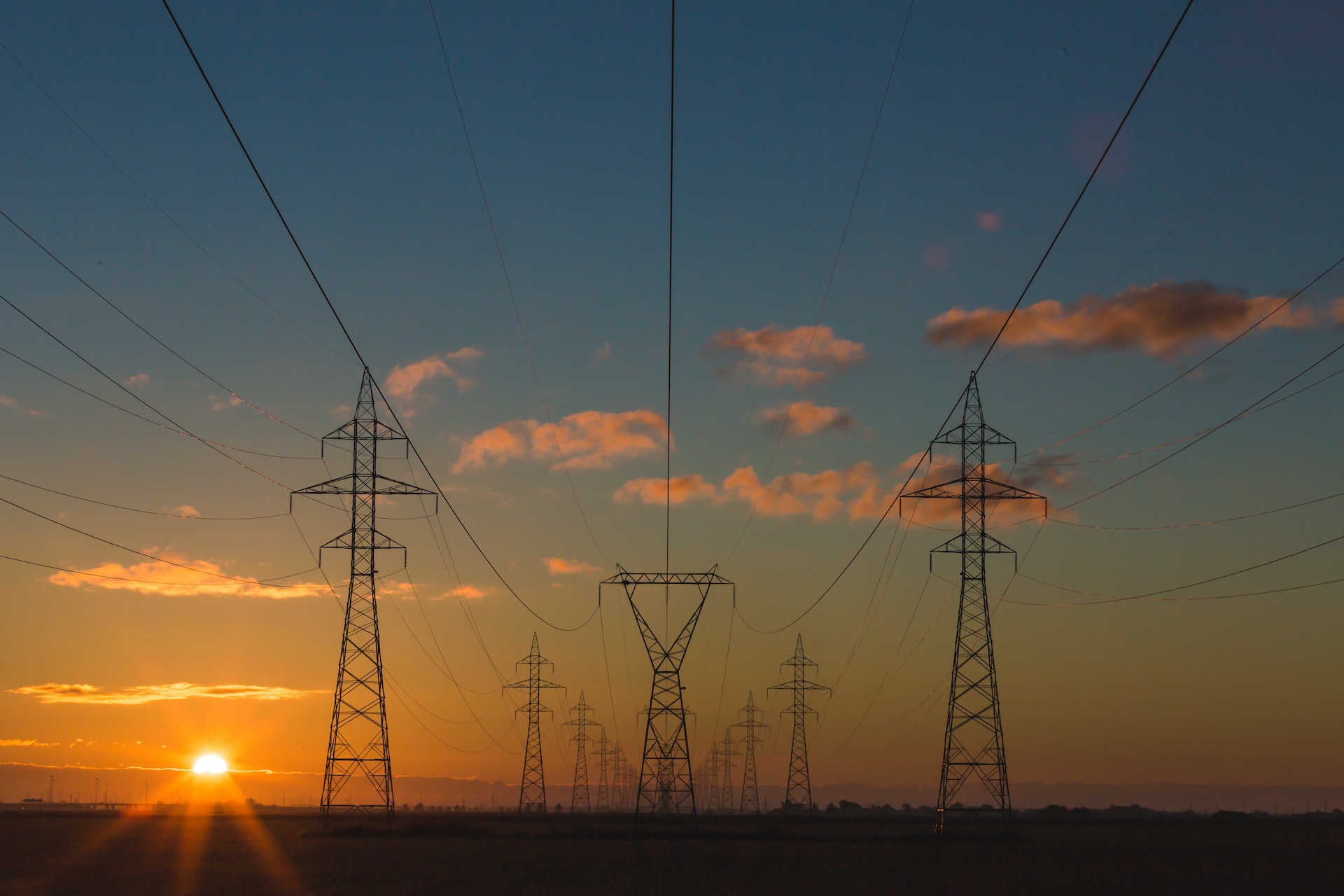The need for sustainable energy sources has never been greater as the world becomes more conscious of the negative impacts of climate change. Solar, wind, and water power are increasingly being used to generate electricity with minimal environmental impact. Here are five clean energy options paving the way for a better future.
Solar Power
One of the most popular sources of sustainable energy is solar electricity. Sunlight is converted into electricity using solar panels, which may be used to run houses and buildings. Solar power is environmentally friendly, efficient, and cost-effective. It is also versatile – solar panels can be installed on rooftops, fields, or even on floating platforms in bodies of water.
Photovoltaic cells, which are the building blocks of solar panels, capture solar energy and transform it into electrical current. This current can then be used to power homes and businesses or heat water. One of the main benefits of solar energy is that it is a clean, renewable energy source without any greenhouse gas emissions. In isolated areas where it would be challenging to connect to the grid, solar power can also be used. Even though installing solar panels can be expensive initially, many individuals may find solar power to be a reasonable alternative in the long run due to energy cost reductions.
Wind Power
Wind power is another form of renewable energy that is becoming increasingly popular. Electricity is produced by wind turbines by capturing the kinetic energy of the wind. Wind power is environmentally friendly, efficient, and cost-effective. It’s also versatile – wind turbines can be placed offshore or on land.
Today, wind turbines are the most common way to harness the power of the wind. The kinetic energy of the wind is transformed into mechanical energy by wind turbines. This mechanical energy can then be used to generate electricity. Wind turbines are typically made up of three main parts: the blades, the generator, and the tower. The blades capture the wind and convert its energy into rotational energy. The generator is what converts this rotational energy into electrical energy. And finally, the tower supports the blades and generator and helps to maximize the amount of time the turbine is exposed to wind. With these three basic components, wind turbines can harness the power of one of nature’s most powerful forces and turn it into a clean and renewable source of electricity.
Water Power
Water power is a renewable energy source that uses water flow to generate electricity. There are two main types of water power: hydroelectric and marine. Hydroelectric power plants use dams to store water in reservoirs. The water is then released through turbines, which spin generators to produce electricity. Marine power plants use tides or waves to generate electricity. Water power is environmentally friendly, efficient, and cost-effective.
Water power is one of the most efficient and eco-friendly sources of energy. As water flows through a turbine, it turns the blades, which in turn rotates a shaft. This shaft is connected to a generator, which produces electricity. The amount of power a water turbine can generate depends on the volume and speed of the water as well as the turbine’s design. For example, a small stream with a slow flow can still generate enough power to run a washing machine, while a large river with a fast flow can generate enough power to run an entire city. In addition to being eco-friendly, water power is also renewable, meaning it will never run out as long as there is water on Earth. As climate change and other environmental problems become more prevalent, water power will only become more important as a source of clean energy.
Geothermal Power
Geothermal power is a renewable energy source that uses heat from the Earth’s core to generate electricity. Steam turbines are used in geothermal power stations to produce energy. The steam is produced by heat from the Earth’s core, which is harnessed by drilling wells into hot rock formations underground. Geothermal power is environmentally friendly, efficient, and cost-effective. It’s also versatile – geothermal power plants can be built on land or offshore.
Geothermal power plants harness the Earth’s natural heat to generate electricity. The Earth’s heat is created by the radioactive decay of minerals deep within the Earth’s core. This heat is then transferred to the Earth’s surface by convection. When water or steam is injected into a geothermal reservoir, it is heated by the Earth’s heat and rises to the surface as superheated steam. Following that, the steam rotates a turbine, which powers a generator to provide electricity. The steam is then cooled after going through the turbine and returned to the reservoir to be reused.
Geothermal power plants can be built in areas with volcanic activity or hot springs, as these are places where there is naturally occurring geothermal activity. Even in places with no natural geothermal activity, geothermal power plants can be built as long as there is hot rock deep within the Earth’s surface. In these cases, water or steam is injected into the hot rock, which then heats up and rises to the surface.
Geothermal power plants have several advantages over other forms of power generation. They emit very low levels of greenhouse gases and air pollution, are relatively cheap to build and operate, and can provide a secure and reliable energy source. Geothermal power plants can also be built in various sizes, from small plants that provide electricity for a single community to large plants that provide electricity for an entire region.
Biofuel Power
Biofuel power is a renewable energy source that uses organic materials to generate electricity. Biofuel power plants use biomass to generate electricity. Biomass is any organic material used as fuel, such as wood, crop, or animal waste. Biofuel power is environmentally friendly, efficient, and cost-effective. It’s also versatile – biofuel power plants can be built on land or offshore.
Biofuel power plants use a variety of organic materials to generate electricity. These materials can include anything from food waste to an agricultural residue. The plant first breaks down the material into a biofuel, which is then combusted to produce heat. The steam produced by this heat is used to turn a turbine and produce energy. Biofuel power plants can be either thermal or biochemical. Thermal plants rely on biofuel combustion to generate heat, while biochemical plants use biochemical processes to convert biomass into usable fuel. Both types of plants have their own advantages and disadvantages. Power plants that run on biofuels are a sustainable energy source that can lessen our reliance on fossil fuels.
Conclusion:
Many clean energy options available today – solar, wind, water, geothermal, and biofuel power – are helping to create a brighter future for our planet Earth. Which one will you choose?

